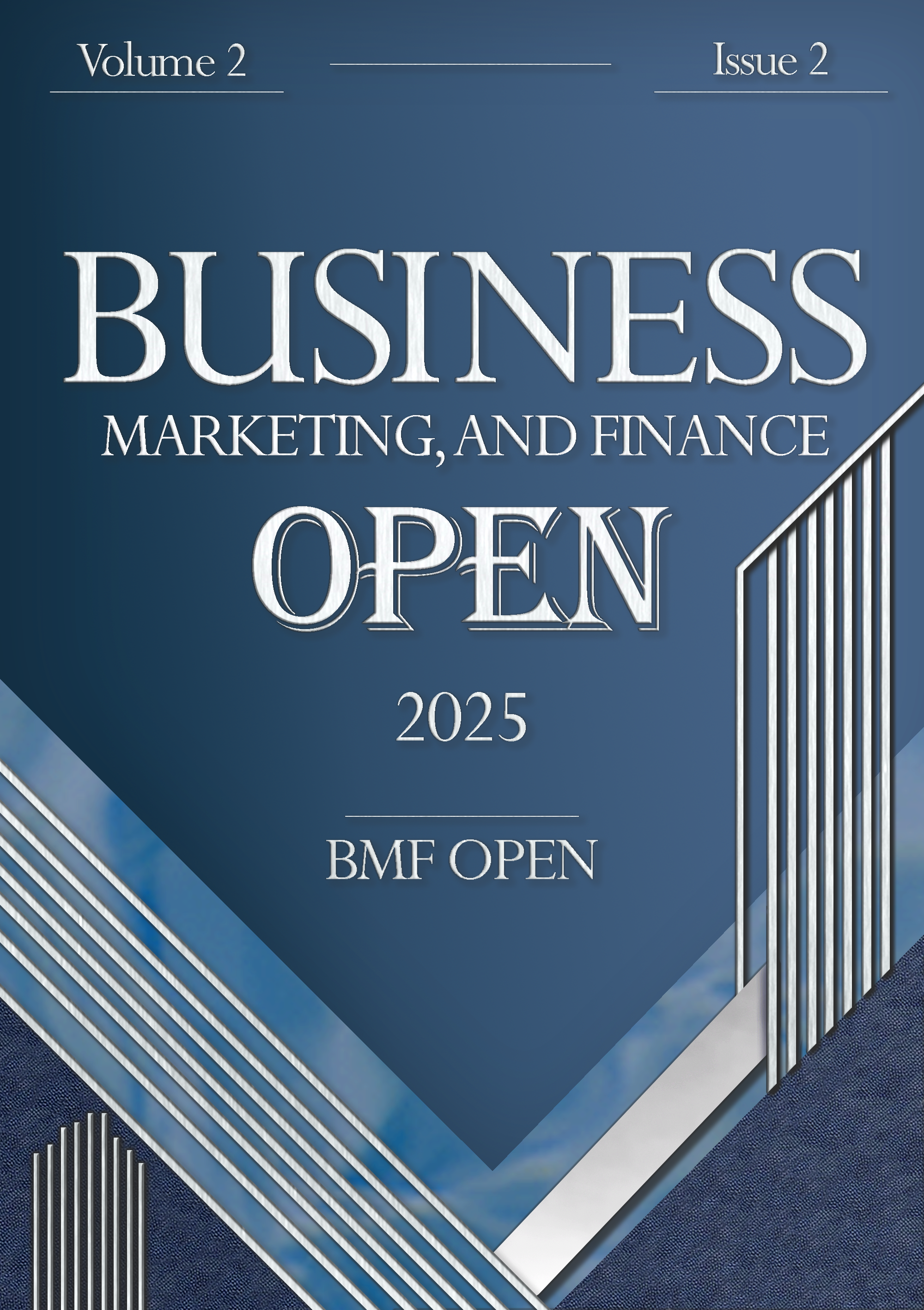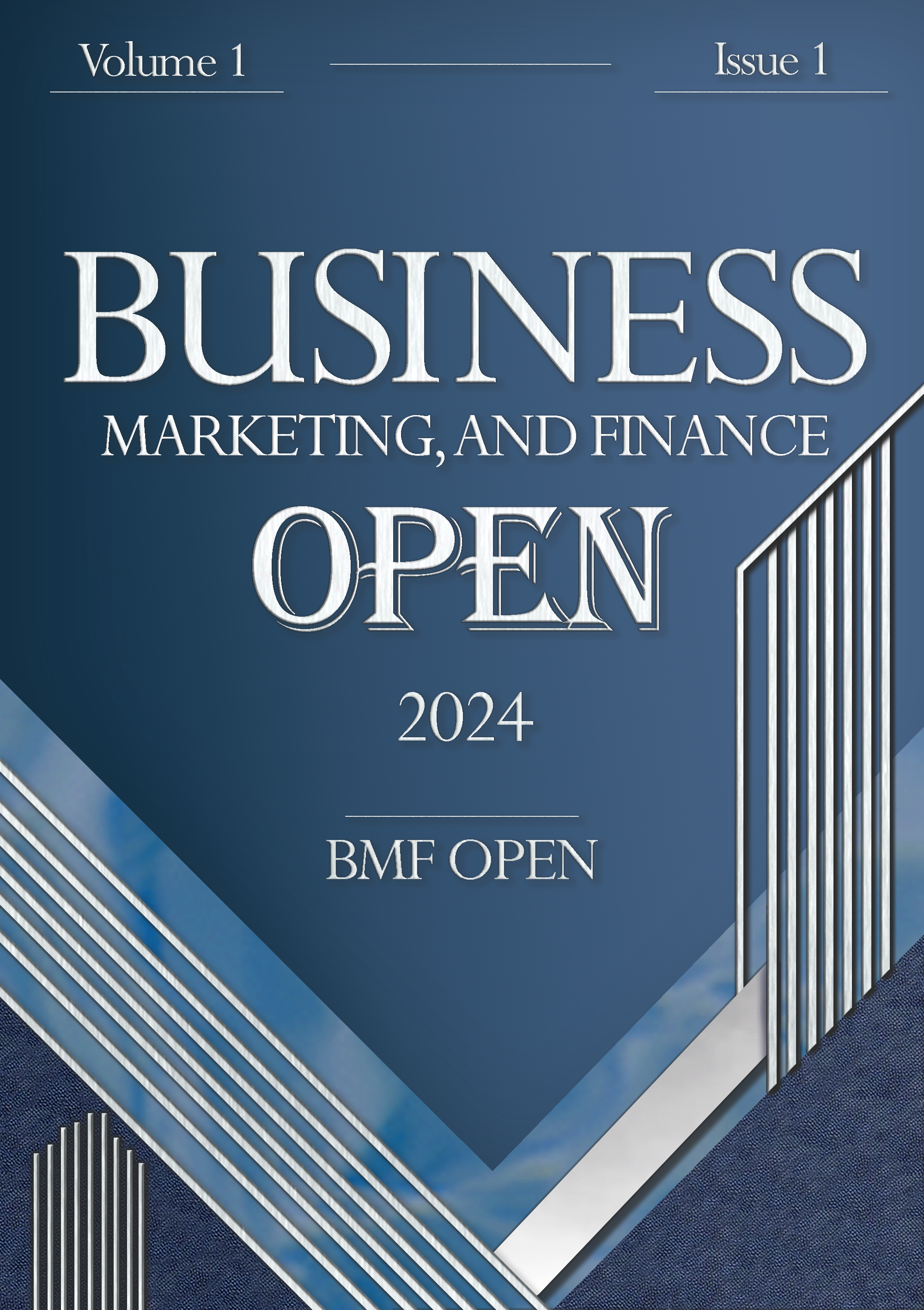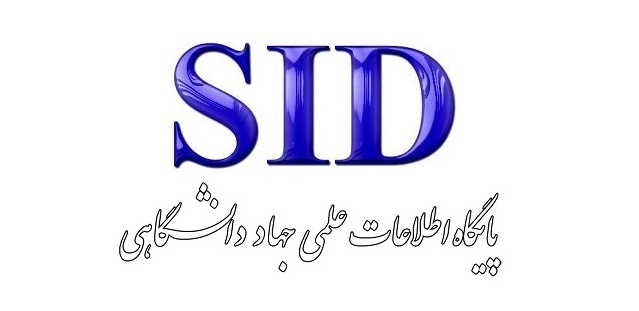Designing a Paradigmatic Model of Intellectual Capital in the Iranian Cement Industry
Keywords:
Paradigm of intellectual capital, intellectual capital, cement industryAbstract
This study was conducted with the aim of designing a paradigmatic model of intellectual capital in the Iranian cement industry. The data collection tool was a semi-structured interview with experts. To achieve this, using a purposive sampling approach (snowball method), interviews were conducted with 20 academic experts or senior managers of companies operating in the cement industry listed on the Tehran Stock Exchange. The research data were analyzed using the coding method based on Strauss and Corbin’s approach, leading to the extraction of main categories and concepts. The findings indicate that, according to the paradigmatic model of the study, causal conditions include nine main categories: capital structure, investment, production costs, quality of goods and services, corporate governance, green production, competitive capability, innovation and creativity, and knowledge and experience exchange. Contextual conditions comprise three main categories: modern technology, buyer purchasing behavior, and the competitive environment. Intervening conditions consist of three main categories: market efficiency, general government policies, and the level of construction activities. Finally, the strategies include corporate management policies, risk management, and supply chain management, while the outcomes of intellectual capital encompass production capability, sales capability, export capability, and profitability.







